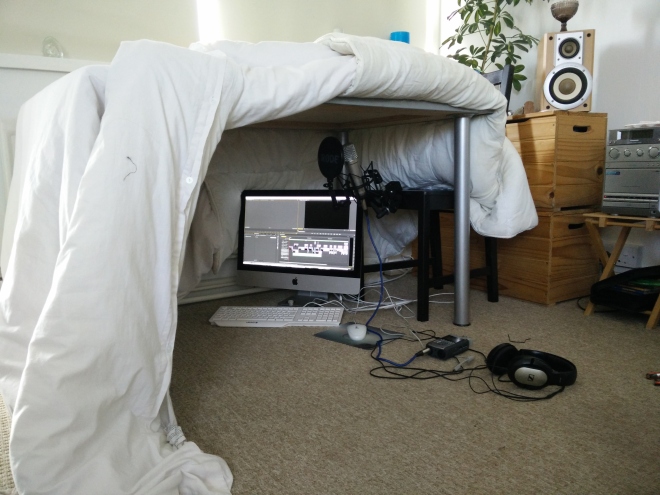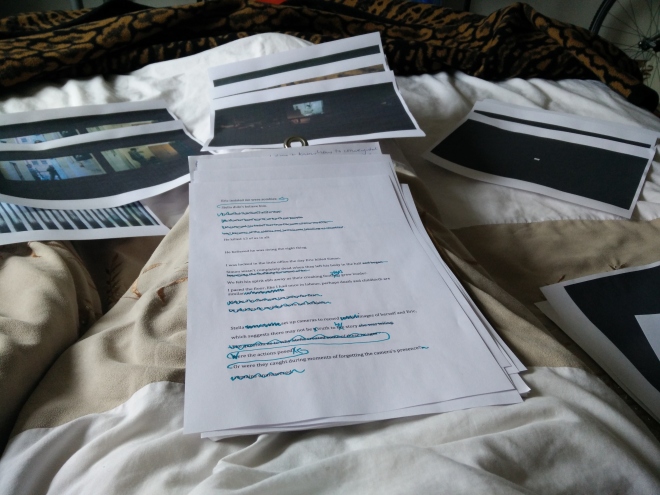A virus, transferred by touch, changes humans into Transhumans. The final outcome of the virus is not yet known but humans, spurred on by media propaganda, perceive Transhumans as zombies (mindless, cannibalistic, undead).
Singularity is one Transhuman’s rhetorical device, which asks humans to consider the suffering caused by their assumptions. The film uses a mix of photographs – still and moving – shot with analogue and digital cameras, to build a story of intertwining images and text-based narration. Sound is used sparingly to create an experience of tension and relief. The film is a quiet, non-judgmental reflection on the projection of alterity.
Since the film’s proposal (see About page), the film’s aesthetic has changed a great deal. Originally cinematic in the traditional sense, I realised the film didn’t quite work. I reflected on my interest in graphic novels, particularly the work of David Mack, and I allowed myself to be re-inspired by La Jettée. I decided to create a different look for each ‘chapter’, starting with a six hundred per cent zoom in on a still of a six hundred per cent zoom in of moving image, allowing a slow zoom out; this allows a sense of curiosity to build in the viewer as the abstract becomes figurative.
Text-based narration, rather than voice over, was another aesthetic decision that felt important to me, particularly because of the graphic novel look I was going for. From the beginning I knew I wanted to included some text from Jeanette Winterson’s Written on the Body (1993) and, after obtaining her permission to do so, I played around with fonts and with writing the text and photographing it. In the end I decided to used Helvetica for the title and end credits, and Times New Roman for the narrator’s story; both these fonts are standard and almost transparent these days. Most of all, I wanted to use text because it gives the viewer the authority to place inflection where they feel it goes and there is less distraction (resistance?) from the sound of the voice narrating.
Sound was going to be foley that matched the action on the screen but towards the end of the editing process I realised that sound was not strictly necessary. I worked with Ben Hall, a first year sound student, to create a high pitched tone. This has been placed into three chapters in the film, with the tone growing louder each time. It is uncomfortable to hear and a relief when it stops.

